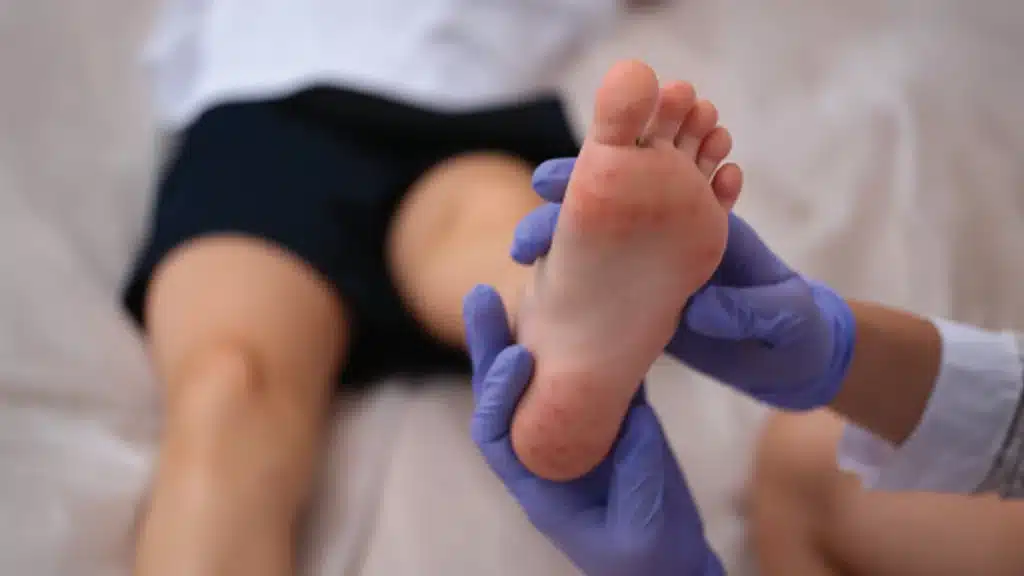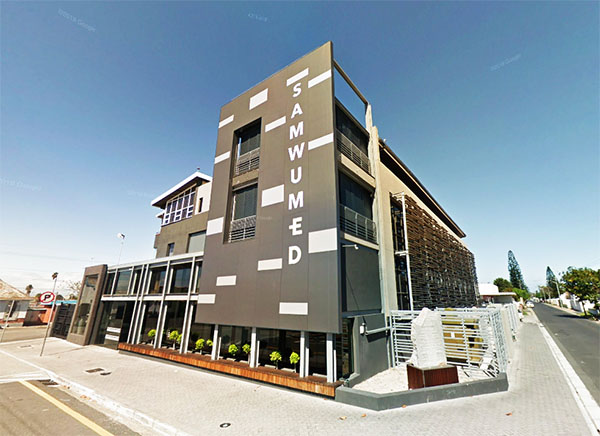October is Breast cancer awareness month; an annual campaign raises awareness about the impact of breast cancer. This year’s theme is ‘Keeping Her in The Picture’, a call to everyone to look out for the well-being of the important women in their lives.
What is Breast Cancer?
Breast cancer is cancer that forms in the cells of the breasts. After skin cancer, breast cancer is the most common cancer diagnosed in women. Breast cancer can occur in both men and women, but it’s far more common in women.
Signs and Symptoms
Breast cancer is most often associated with having a breast lump. However, your symptoms may vary depending on your specific type of breast cancer. While it’s true that many patients have a lump, it is possible to have breast cancer with no lump. So it’s important to know the other signs and symptoms.
- Breast swelling
- Discharge from the nipple
- Dimpling of the skin
- Nipples that turn inward
- Swelling or a lump under the arm or collarbone
Tests and procedures used to diagnose breast cancer include:
- Breast exam. Your doctor will check both of your breasts and lymph nodes in your armpit, feeling for any lumps or other abnormalities.
- Mammogram. A mammogram is an X-ray of the breast. Mammograms are commonly used to screen for breast cancer. If an abnormality is detected on a screening mammogram, your doctor may recommend a diagnostic mammogram to further evaluate that abnormality.
- Breast ultrasound. Ultrasound uses sound waves to produce images of structures deep within the body. Ultrasound may be used to determine whether a new breast lump is a solid mass or a fluid-filled cyst.
- Removing a sample of breast cells for testing (biopsy). A biopsy is the only definitive way to make a diagnosis of breast cancer. During a biopsy, your doctor uses a specialized needle device guided by X-ray or another imaging test to extract a core of tissue from the suspicious area. Often, a small metal marker is left at the site within your breast so the area can be easily identified on future imaging tests.
- Breast magnetic resonance imaging (MRI). An MRI machine uses a magnet and radio waves to create pictures of the interior of your breast. Before a breast MRI, you receive an injection of dye. Unlike other types of imaging tests, an MRI doesn’t use radiation to create the images.
*Other tests and procedures may be used depending on your situation.
Treatment
Your doctor determines your breast cancer treatment options based on your type of breast cancer, its stage and grade, size, and whether the cancer cells are sensitive to hormones. Your doctor also considers your overall health and your own preferences.
Most women undergo surgery for breast cancer and many also receive additional treatment after surgery, such as chemotherapy, hormone therapy or radiation. Chemotherapy might also be used before surgery in certain situations.
SAMWUMED has a comprehensive Cancer Disease Management Programme that provides a holistic support to members with cancer. For more information on our Cancer Disease Management Programme visit: www.samwumed.org or contact us on 0860 104 117.









